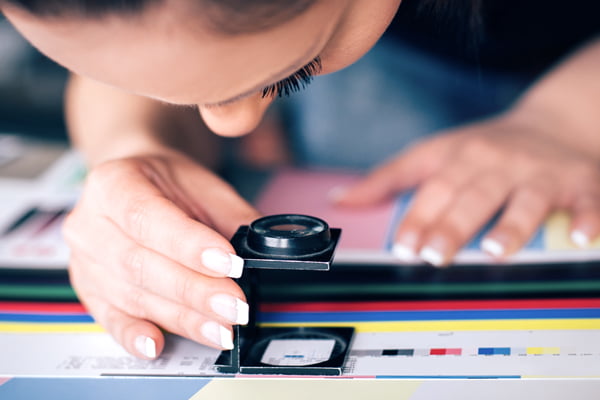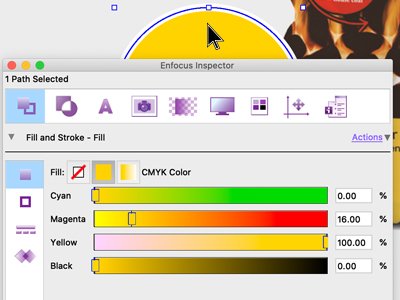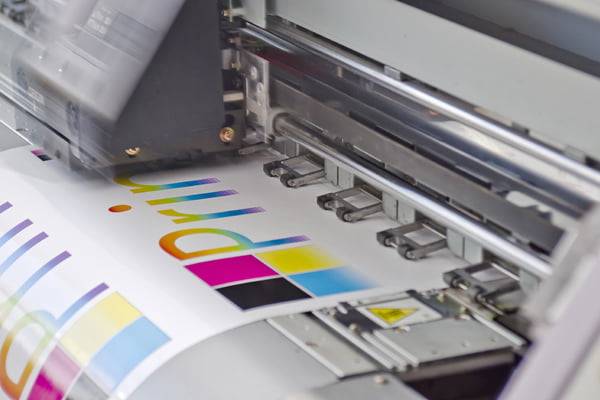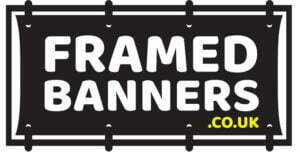Proofing and Checking
What are proofs?
If you’re looking to determine the maximum size for framed banners using a digital image, you can use a photo editing tool like Adobe Photoshop. To do this, open the image in Photoshop and go to the “Image” menu at the top of the screen. Select “Image Size” to access the image’s current size information.
By unchecking the “Resample Image” option and changing the “Resolution” to 300 pixels per inch (ppi), you can determine the maximum physical size for framed banners at which the image can be printed without pixels becoming visible. In the example described, the maximum size for an iPhone image as a framed banner would be 34.14 cm wide by 25.6 cm high.

Artwork Checking
If you’re unsure about submitting your artwork for framed banners, you can refer to our guide on accepted file formats for clarification. If you still have any questions, feel free to send us a PDF or a sample page from a larger document for a quick review in our studio. We have access to all Adobe programs and use Pitstop Pro, a useful PDF plug-in, to check color profiles and breakdowns, image resolution, and font embedding for framed banners.

PDF colour check
PDF Proofs
A PDF proof, also known as a soft proof, digital proof, or RIPD proof, is a PDF file that is sent to the customer for review and comparison to the original submitted artwork for framed banners. The PDF is processed through our Raster Image Processor (RIP), which converts it into a TIFF format for printing. The proof PDF will reflect the exact content of the final print, including fonts, images, shadows, boxes, and graphic elements. To keep file sizes manageable for emailing and to improve turnaround times for framed banners, the resolution of the PDF proof may be lower, resulting in slightly less accurate color representation, but not affecting the overall content.
Hard copy proof
In contrast to a digital PDF proof, a hard copy proof, also known as a paper proof or an Epson proof, is a physical, printed document. It is produced using a color-calibrated digital inkjet printer and is usually printed on glossy paper, which may or may not be similar to the substrate material used for the final product. While a hard copy proof is not necessary, as digital printing technology continues to improve in its ability to match the accuracy of a lithographic press, it can provide a highly accurate representation of the final print produced by a lithographic press. The hard copy proofs are calibrated to match our press and our operators use them to match the color on every lithographic run. For important jobs where color accuracy is crucial and the final product will be printed using a lithographic press, a hard copy proof may be mailed to the customer (additional charges may apply) for review.

Hard copy proof being printed
Wet Proof
A wet proof, also known as a press proof, is a proof of the final printed product, produced using the same materials and inks as the final printed piece. As it is created on a lithographic press, the wet proof accurately reflects the final result, down to the color accuracy and material texture.
While wet proofs can be expensive to produce and have a limited lifespan, they are ideal for high-profile projects with large quantities, where color accuracy is of the utmost importance. They provide peace of mind and ensure that the final result will be exactly as desired.
It’s important to note that wet proofs are not necessary for most marketing materials and can only be produced in small quantities. Nevertheless, if color accuracy is a critical factor for your project, a wet proof may be worth the investment.
If you are still unsure about proofing and checking or have any questions then call us on 023 8087 8037 or email us.
